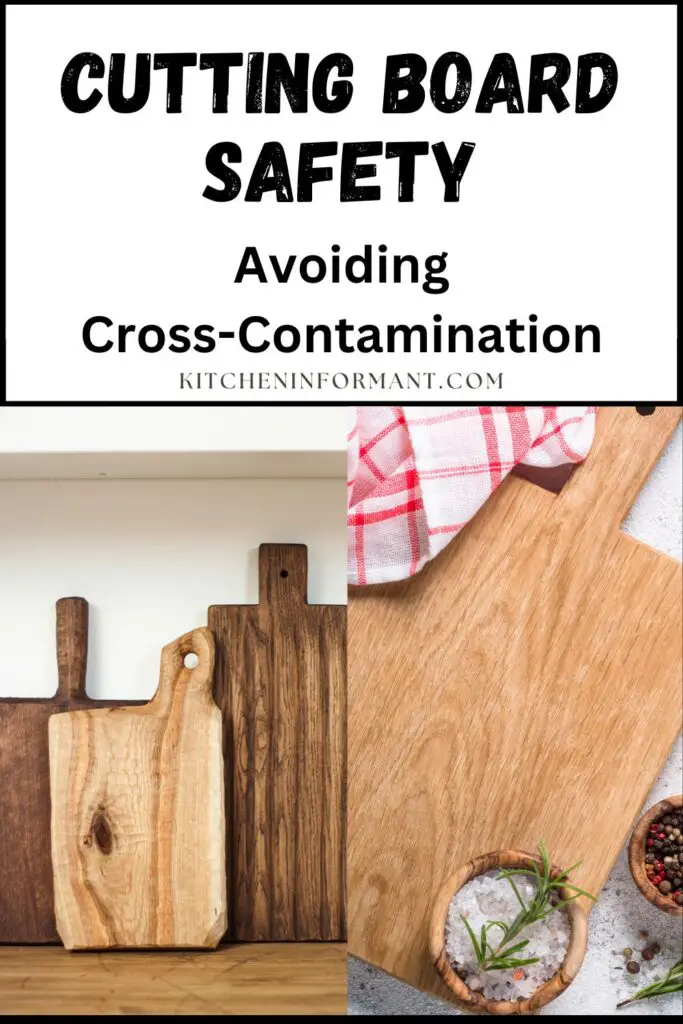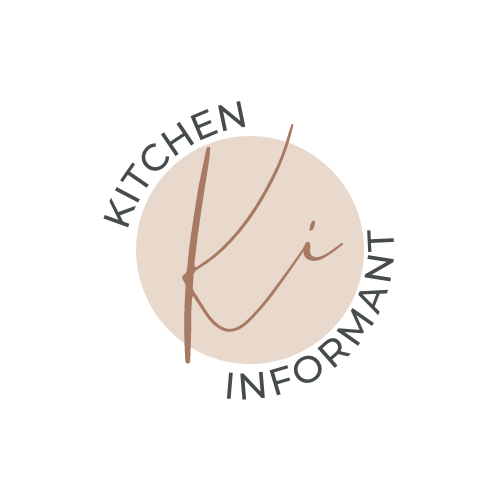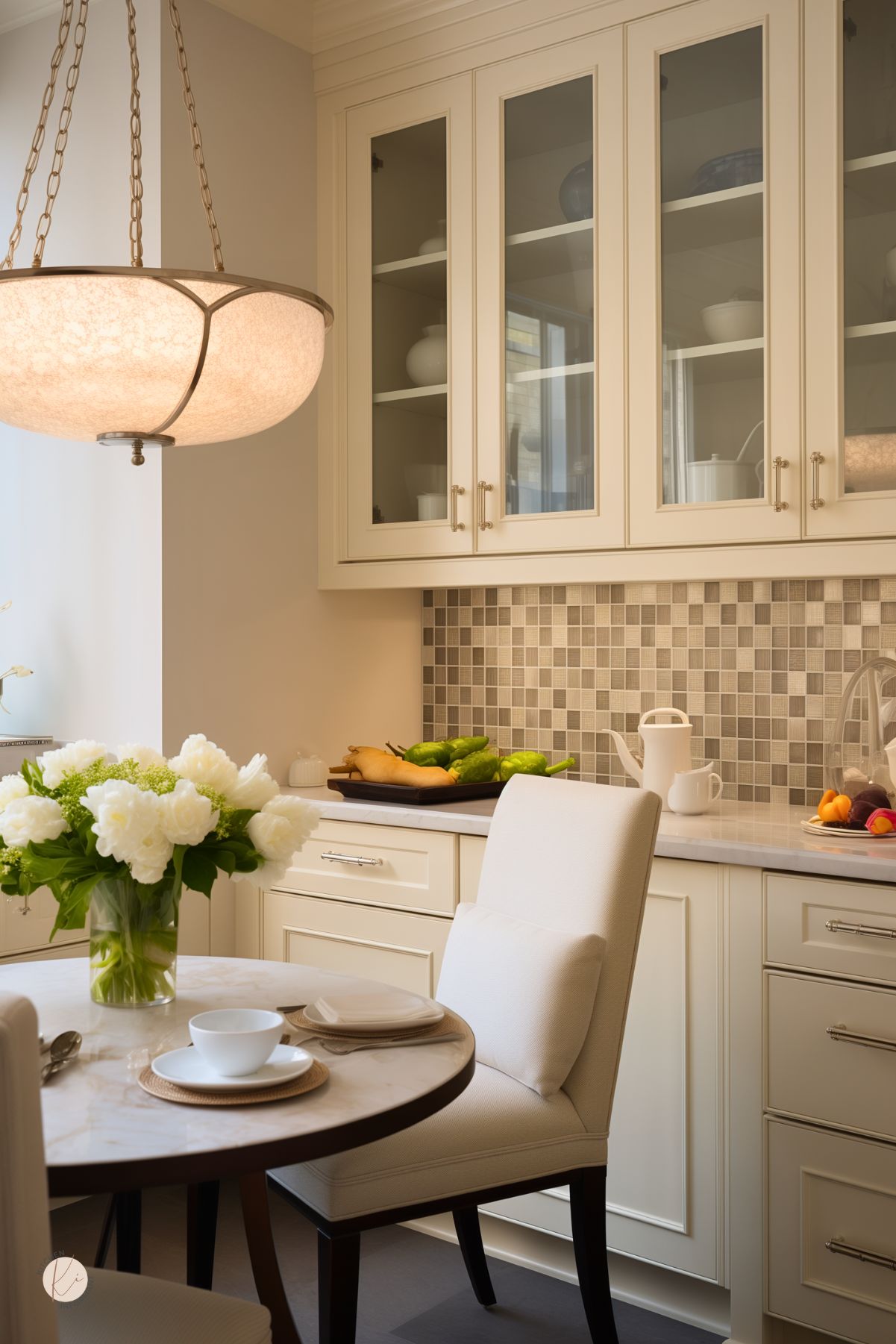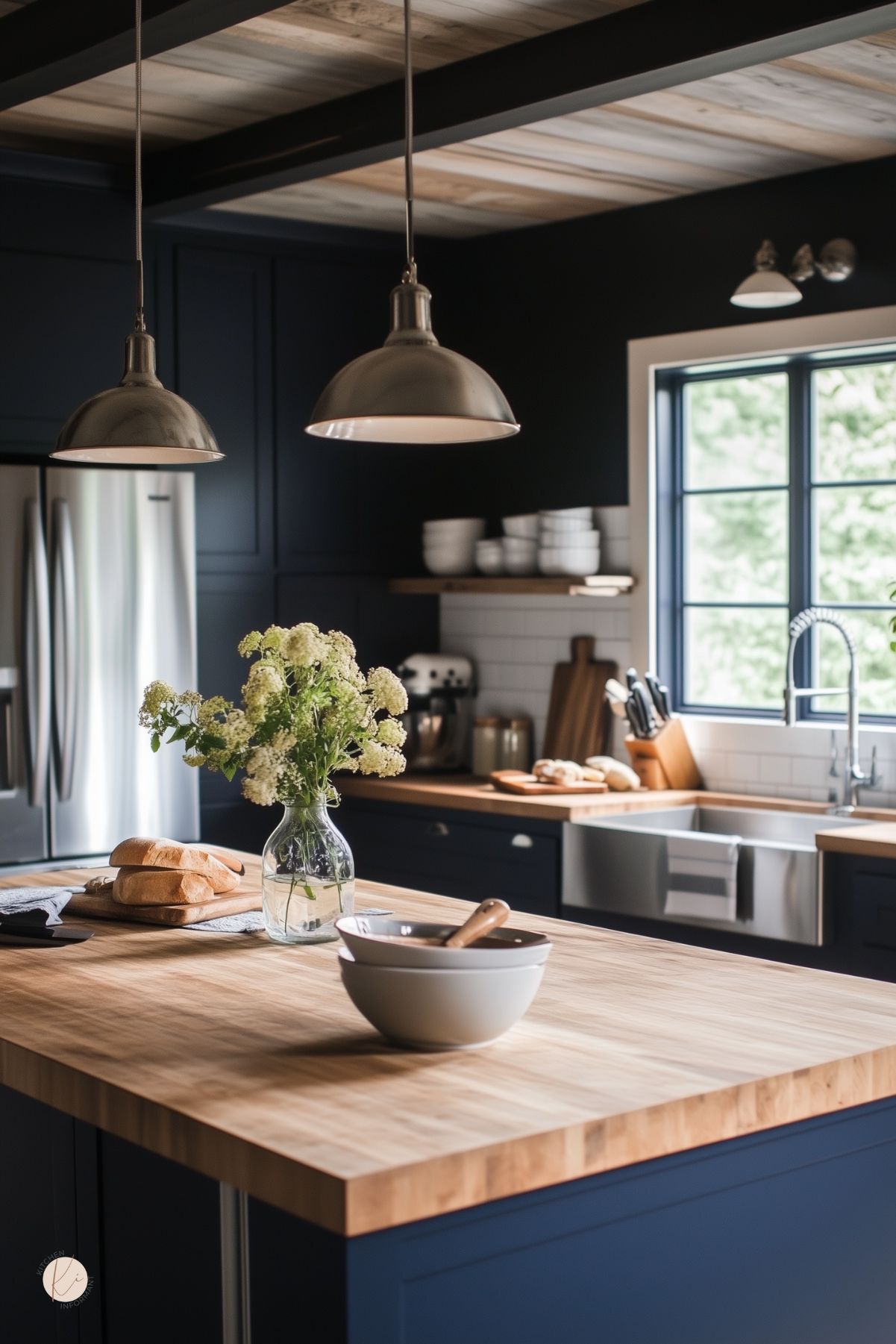Cutting Board Safety: Tips for Avoiding Cross-Contamination
Cutting Board Safety: Tips for Avoiding Cross-Contamination. Cutting boards are a staple in every kitchen, used for preparing a variety of foods from fruits and vegetables to raw meat and poultry.
However, these essential kitchen tools can also be a source of cross-contamination, which can lead to foodborne illnesses.
Cross-contamination occurs when harmful bacteria from one food item transfers to another food item, either directly or indirectly.

To prevent cross-contamination when using cutting boards, it is important to follow some basic food safety practices.
The USDA recommends using separate cutting boards for different types of food, such as one for fresh produce and another for raw meat, poultry, and seafood.
It’s essential to clean cutting boards thoroughly with hot, soapy water after each use and to replace them when they become excessively worn or have hard-to-clean grooves.
By following these simple guidelines, home cooks can ensure that their cutting boards are safe to use and that their food is free from harmful bacteria.
Whether preparing a quick weeknight meal or hosting a dinner party, cutting board safety is an important aspect of food preparation that should not be overlooked.
Understanding Cross-Contamination
Cross-contamination occurs when harmful bacteria are transferred from one food to another, typically through contact with contaminated surfaces like cutting boards, utensils, or hands.
This can lead to foodborne illnesses, which can cause symptoms like nausea, vomiting, diarrhea, and fever.
To prevent cross-contamination, it is important to use separate cutting boards for different types of food.
For example, one should use a different cutting board for raw meat, poultry, and seafood than for fresh produce. This helps to avoid the transfer of harmful bacteria from one food to another.
It is also important to keep cutting boards clean and sanitized.
Nonporous acrylic, plastic, or glass boards can be washed in a dishwasher, while wooden and plastic cutting boards can be sanitized with a solution of 1 tablespoon of unscented, liquid chlorine bleach per gallon of water. Flood the surface with the bleach solution and allow it to stand for several minutes before rinsing thoroughly with water and air-drying or patting dry with paper towels.
In addition to using separate cutting boards and keeping them clean, it is important to practice good hygiene when handling food.
This includes washing hands thoroughly with soap and water before and after handling food, and avoiding touching your face, hair, or other parts of your body while preparing food.
By following these simple steps, you can help to prevent cross-contamination and keep your food safe to eat.
Importance of Cutting Board Safety
Cross-contamination is a serious food safety concern that can lead to foodborne illnesses. Cutting boards are one of the most common sources of cross-contamination in the kitchen.
When cutting raw meat, poultry, seafood, or eggs on a cutting board, harmful bacteria can transfer to the board’s surface.
If the same cutting board is used to prepare other foods, such as fruits and vegetables, the bacteria can spread to those foods, increasing the risk of foodborne illness.
Using separate cutting boards for different types of foods is an essential step in preventing cross-contamination.
The USDA recommends using one cutting board for raw meat, poultry, and seafood, and another for fruits, vegetables, and bread. This practice can help to reduce the risk of harmful bacteria spreading from one food to another.
It is also important to keep cutting boards clean and sanitized. Cutting boards should be washed with hot, soapy water after each use and sanitized regularly.
Sanitizing can be done with a solution of one tablespoon of unscented, liquid chlorine bleach per gallon of water. After sanitizing, the cutting board should be allowed to air dry completely before using it again.
In addition to using separate cutting boards and keeping them clean, it is also important to handle food properly to prevent cross-contamination.
This includes washing hands and utensils thoroughly before and after handling different types of foods. It is also important to store raw meat, poultry, seafood, and eggs separately from other foods in the refrigerator and to cook them to the proper temperature to kill any harmful bacteria.
Types of Cutting Boards

There are several types of cutting boards available in the market, and each has its own set of advantages and disadvantages.
Here are some of the most common types of cutting boards:
Wooden Cutting Boards
Wooden cutting boards are a popular choice for many home cooks. They are durable, easy to clean, and have a natural look that many people find appealing.
However, wooden cutting boards can be prone to developing grooves and scratches that can harbor bacteria. To avoid this, it is important to clean wooden cutting boards thoroughly after each use and periodically oil them to keep them in good condition.
Plastic Cutting Boards
Plastic cutting boards are another popular choice. They are lightweight, easy to clean, and relatively inexpensive.
Unlike wooden cutting boards, plastic cutting boards are less likely to develop grooves and scratches, which makes them a good option for avoiding cross-contamination.
However, plastic cutting boards can be prone to warping and cracking over time, especially if they are exposed to high heat.
Glass Cutting Boards
Glass cutting boards are non-porous and easy to clean, which makes them a good option for avoiding cross-contamination.
However, they can be heavy and prone to breaking if dropped. Additionally, glass cutting boards can dull knives quickly, which can make them less effective for cutting and chopping.
Bamboo Cutting Boards
Bamboo cutting boards are a relatively new addition to the market. They are lightweight, durable, and have a natural look that many people find appealing.
Additionally, bamboo cutting boards are less prone to developing grooves and scratches than wooden cutting boards.
However, like wooden cutting boards, bamboo cutting boards can be prone to warping and cracking over time if not properly cared for.
Overall, the type of cutting board that is right for you will depend on your personal preferences and needs.
It is important to choose a cutting board that is easy to clean, durable, and resistant to cross-contamination. It is important to clean and maintain your cutting board regularly to ensure that it remains safe and hygienic to use.
Proper Cleaning of Cutting Boards

To prevent cross-contamination, it is crucial to clean cutting boards properly.
The USDA recommends washing cutting boards, dishes, and countertops with hot, soapy water after preparing each food item and before moving on to the next.
If possible, use one cutting board for fresh produce and a separate one for raw meat, poultry, and seafood.
For plastic cutting boards, they can be cleaned in the dishwasher. On the other hand, wooden cutting boards require more attention.
Avoid soaking them in water as it can cause warping. Instead, scrub the surface with a brush and hot, soapy water, then rinse with cold water and pat dry with a towel.
To disinfect the cutting board, use a fresh solution of 1 tablespoon of unscented, liquid chlorine bleach per gallon of water.
It is also important to replace cutting boards once they become excessively worn or develop hard-to-clean grooves. A cutting board that is difficult to clean can harbor bacteria and increase the risk of cross-contamination.
By following these simple steps, individuals can ensure that their cutting boards are clean and safe to use, reducing the risk of foodborne illness.
Proper Storage of Cutting Boards

After using a cutting board, it is important to store it properly to prevent cross-contamination.
Here are some tips for storing your cutting boards:
- Store cutting boards in a clean, dry place where they won’t come into contact with other surfaces or utensils.
- Avoid stacking cutting boards on top of each other, as this can trap moisture and lead to the growth of bacteria.
- If possible, store cutting boards vertically to allow air to circulate around them and help them dry more quickly.
- Consider using a separate cutting board for each type of food to prevent cross-contamination. For example, use one cutting board for raw meat and another for fruits and vegetables.
- If you only have one cutting board, be sure to clean it thoroughly with hot, soapy water between uses and consider using a disinfectant solution to kill any remaining bacteria.
By following these simple storage tips, you can help ensure that your cutting boards remain clean and safe to use.
Using Separate Cutting Boards

One of the most important steps in preventing cross-contamination is to use separate cutting boards for different types of food.
This helps to prevent bacteria from spreading between different foods and reduces the risk of foodborne illness.
For Meat and Poultry
When preparing meat and poultry, it is important to use a separate cutting board.
Raw meat and poultry can contain harmful bacteria such as Salmonella and E. coli, which can cause foodborne illness if they come into contact with other foods.
To prevent cross-contamination, it is recommended to use a cutting board made of plastic or another non-porous material that can be easily cleaned and sanitized.
After using the cutting board for meat or poultry, it should be washed with hot, soapy water and sanitized with a solution of one tablespoon of unscented, liquid chlorine bleach per gallon of water.
For Seafood
Like meat and poultry, seafood can also contain harmful bacteria that can cause foodborne illness.
When preparing seafood, it is important to use a separate cutting board to prevent cross-contamination.
To reduce the risk of foodborne illness, it is recommended to use a cutting board made of non-porous material that can be easily cleaned and sanitized.
After using the cutting board for seafood, it should be washed with hot, soapy water and sanitized with a solution of one tablespoon of unscented, liquid chlorine bleach per gallon of water.
For Fruits and Vegetables
While fruits and vegetables are generally considered safe to eat, they can still harbor harmful bacteria that can cause foodborne illness.
To prevent cross-contamination, it is recommended to use a separate cutting board for fruits and vegetables.
To reduce the risk of foodborne illness, it is recommended to use a cutting board made of non-porous material that can be easily cleaned and sanitized.
After using the cutting board for fruits and vegetables, it should be washed with hot, soapy water and sanitized with a solution of one tablespoon of unscented, liquid chlorine bleach per gallon of water.
For Cooked and Uncooked Foods
It is also important to use separate cutting boards for cooked and uncooked foods. Using the same cutting board for both types of food can lead to cross-contamination and increase the risk of foodborne illness.
To prevent cross-contamination, it is recommended to use a separate cutting board for cooked foods and a separate cutting board for uncooked foods.
After using the cutting board, it should be washed with hot, soapy water and sanitized with a solution of one tablespoon of unscented, liquid chlorine bleach per gallon of water.
By using separate cutting boards for different types of food, it is possible to reduce the risk of foodborne illness and keep food safe to eat.
Replacing Cutting Boards

Cutting boards are an essential tool in any kitchen, but they can also be a source of cross-contamination if not used and maintained properly.
While regular cleaning and disinfecting can help prolong the lifespan of a cutting board, there comes a time when it must be replaced.
Signs of Wear and Tear
One of the most obvious signs that a cutting board needs to be replaced is when it becomes heavily scratched or gouged. These grooves can harbor bacteria and make it difficult to clean the board properly.
If the board has deep cracks or splits, it can be impossible to sanitize and will need to be replaced.
Another sign of wear and tear is when the board becomes discolored or stained. This can be an indication that bacteria has penetrated the surface of the board and is growing inside.
While it may be possible to remove surface stains with a bleach solution, it is not always effective.
When to Replace
It is recommended that home cooks replace their cutting boards at least once a year, or more frequently if they show signs of wear and tear.
Professional kitchens may need to replace their cutting boards more frequently, depending on usage.
When selecting a new cutting board, it is important to choose one that is appropriate for the type of food being prepared.
For example, a plastic cutting board may be suitable for cutting vegetables, but a wooden board may be better for cutting raw meat.
You May Also Like:
- Chic Black Accents for a Dramatic Kitchen
- Cream Colored Kitchens: A Trendy Yet Timeless Choice
- 25 Moody Cottage Kitchens That Feel Cozy and Dramatic
- White Oak Kitchen Cabinets: Elevate Your Space with Timeless Style
- Cottagecore Eat in Kitchens






